
So you’ve cleared the clutter, swept and mopped the floors, dusted the surfaces and blinds, wiped the windows and mirrors, emptied out the trash bins, and even vacuumed your upholstered furniture. Done. Great job. Time to sit back, relax, and open that bottle of wine, right?
Not so fast. According to experts, most people forget to clean some of the most crucial parts of their homes—parts that are not only touched by a lot of hands but also serve as the perfect habitat for germs and bacteria to thrive and multiply. If this is making you feel a little anxious, not to worry; we’re here to help. Here are areas and things in your home you might have missed during your regular cleaning routine, as well as tips on how to clean, sanitize, or disinfect them.
Clean, Sanitize, Disinfect: What’s the Difference?
Cleaning: Removes dust, debris, and dirt from the surface
Sanitizing: Reduces bacteria identified in the product label to a safe level
Disinfecting: Kills 99.999% of viruses and bacteria identified in the product label
What to Clean, Sanitize, or Disinfect in Your House
1. Toothbrushes
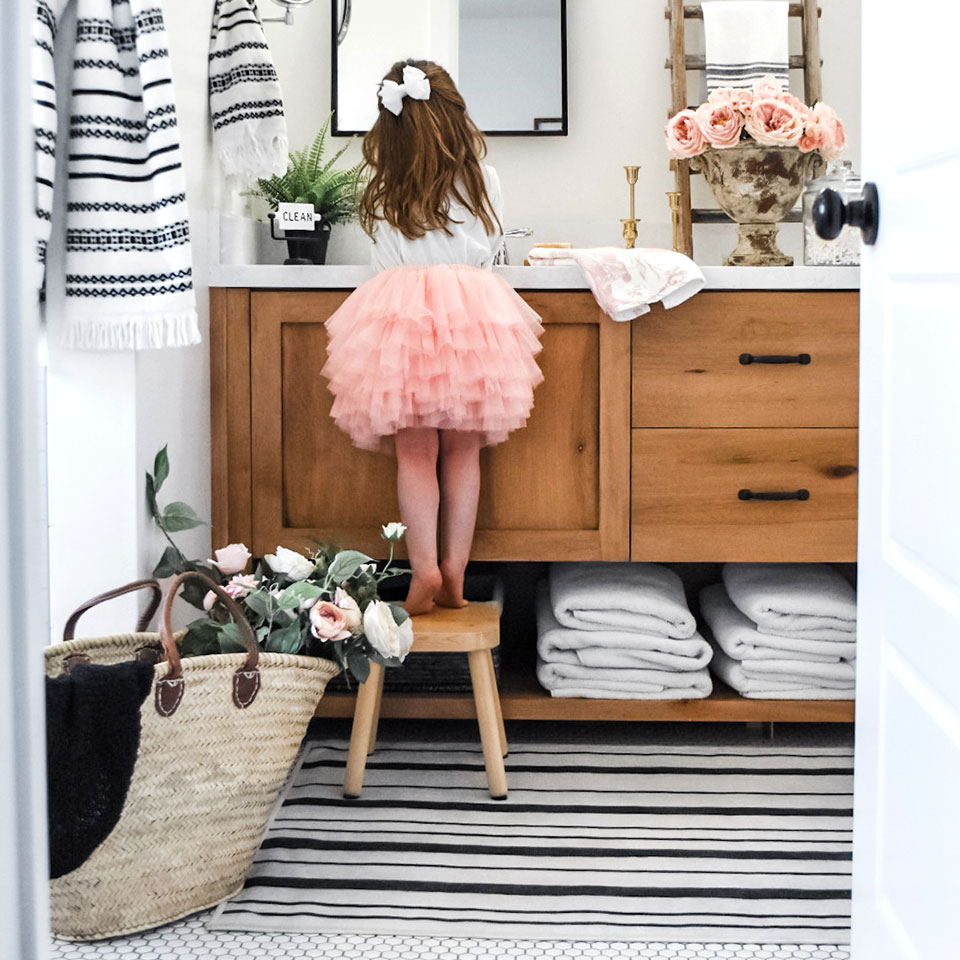
Photo by: @homesweetfarmhouse
Toothbrushes are meant to get rid of cavity-causing food particles in our mouth, but they can also harbor a variety of germs, especially if you’ve recently been sick.
How to deal: Make sure you’re washing your toothbrush thoroughly after use. Once in a while, disinfect by soaking it in 3% hydrogen peroxide for three minutes and then rinse. Remember to switch out your toothbrush or brush head every three months or after you’ve been sick.
2. Electronic Devices
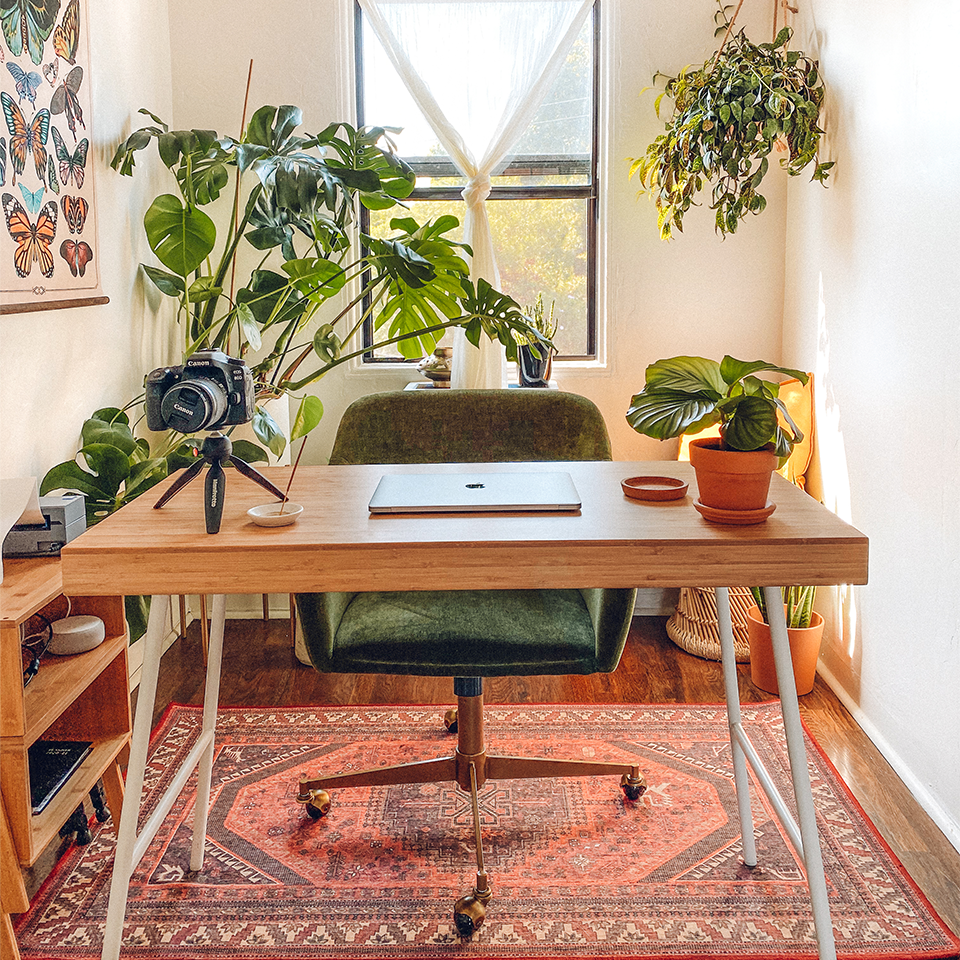
Photo by: @classycasita
Phones, tablets, keyboards, and remote controls are just some of the things we touch all the time, and often in between eating, sneezing, working out, or touching other dirty things, making them a hotbed for bacteria.
How to deal: Because electronic devices are considered high-touch items, experts recommend disinfecting them every night with a disinfectant (wipe or spray). Remember to leave them visibly wet in accordance with your disinfectant’s label to ensure you’re effectively killing the germs. Do this too for all the other little things you often touch, like your house or car keys.
3. Area Rugs and Carpets
Between food crumbs, wine spills, pet accidents, muddy shoes, and more, rugs and carpets are a magnet for germs and bacteria. Renowned microbiologist Phllip M. Tierno Jr., PH.D., even said that typical rugs host roughly 200,000 bacteria per square inch, making it 4,000 times dirtier than your toilet seat.
How to deal: To keep your rugs clean, experts suggest vacuuming your rugs regularly and having them professionally cleaned—whether through steam cleaning or other methods—at least once a year. If you have washable rugs, machine-wash them cold on a gentle cycle every so often, or after every spill or pet accident.
4. Pillows

Photo by: @modernly_you
You wash your sheets and pillowcases at least once a week, but what about your pillows? Even when they’re covered, pillows absorb dust, oil, and dead skin, among others.
How to deal: If your pillows are washable, most experts recommend washing them at least twice a year, and right after you’ve been sick. Always check your pillows’ label for washing instructions.
6. Your Kitchen and Bathroom Counter
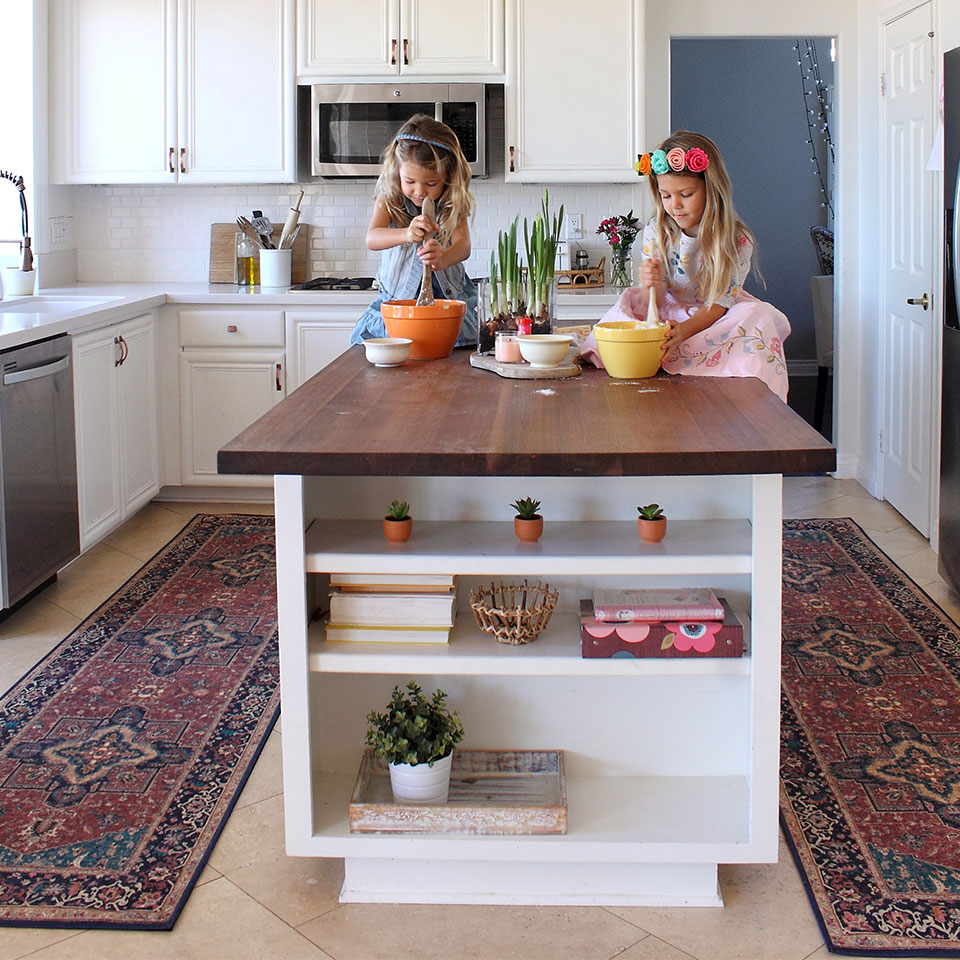
Photo by: @raveinteriordesign
Bacteria thrive best in a warm and moist environment, which makes your kitchen and bathroom an easy target.
How to deal: For most kitchen and bathroom countertops, use a light degreaser, an all-purpose cleaner, or a mixture of dish soap and water to clean the surface, and then finish with a disinfectant spray.
5. Your Cleaning Tools
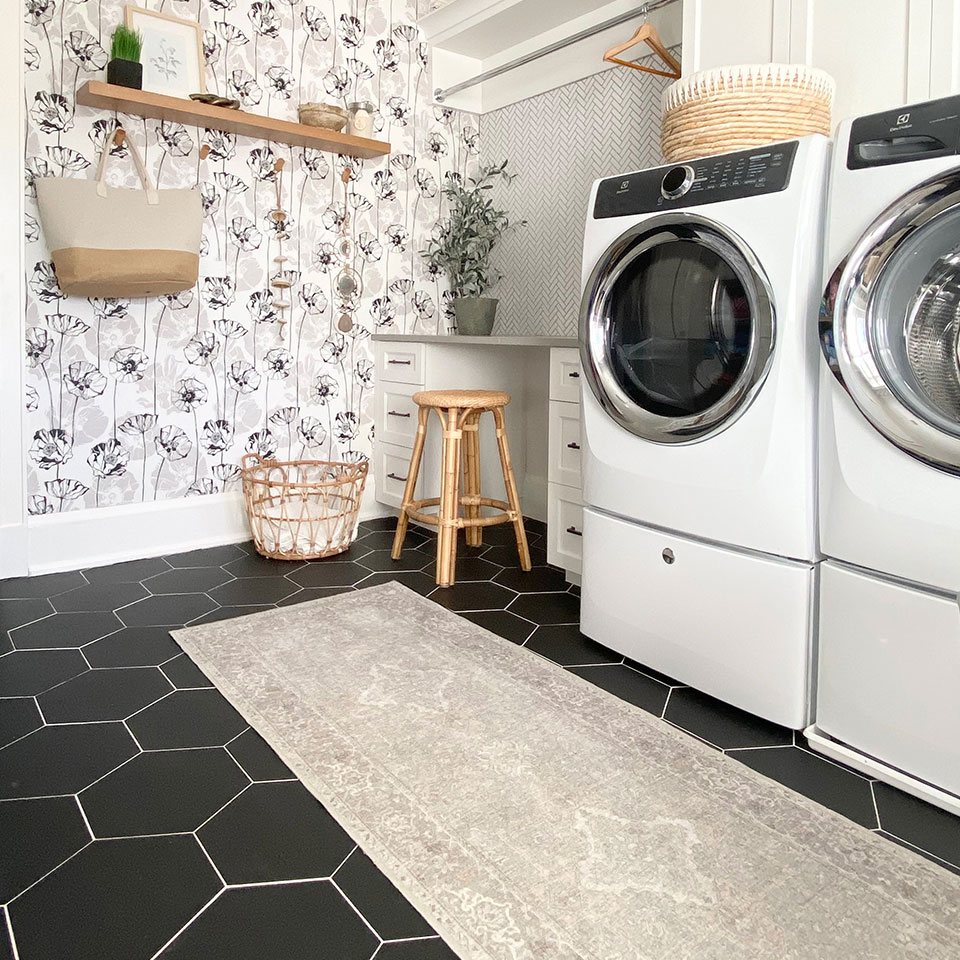
Photo by: @reems_design
Even cleaning materials and tools, like your kitchen sponge, mop, washing machine, and vacuum cleaners, are susceptible to germs—especially if you keep them in dark and moist areas.
How to deal: Saturating your sponge with water and putting it in the microwave on high for one minute would lengthen the life of your sponge. For mops, opt for one that has a detachable head that you can machine-wash and dry after each use. As for vacuum cleaners and washing machine, wipe or spray the exteriors with a disinfectant or vinegar solution, and then run your washer on the hottest cycle to clean the inside.
7. Kids and Pet Toys
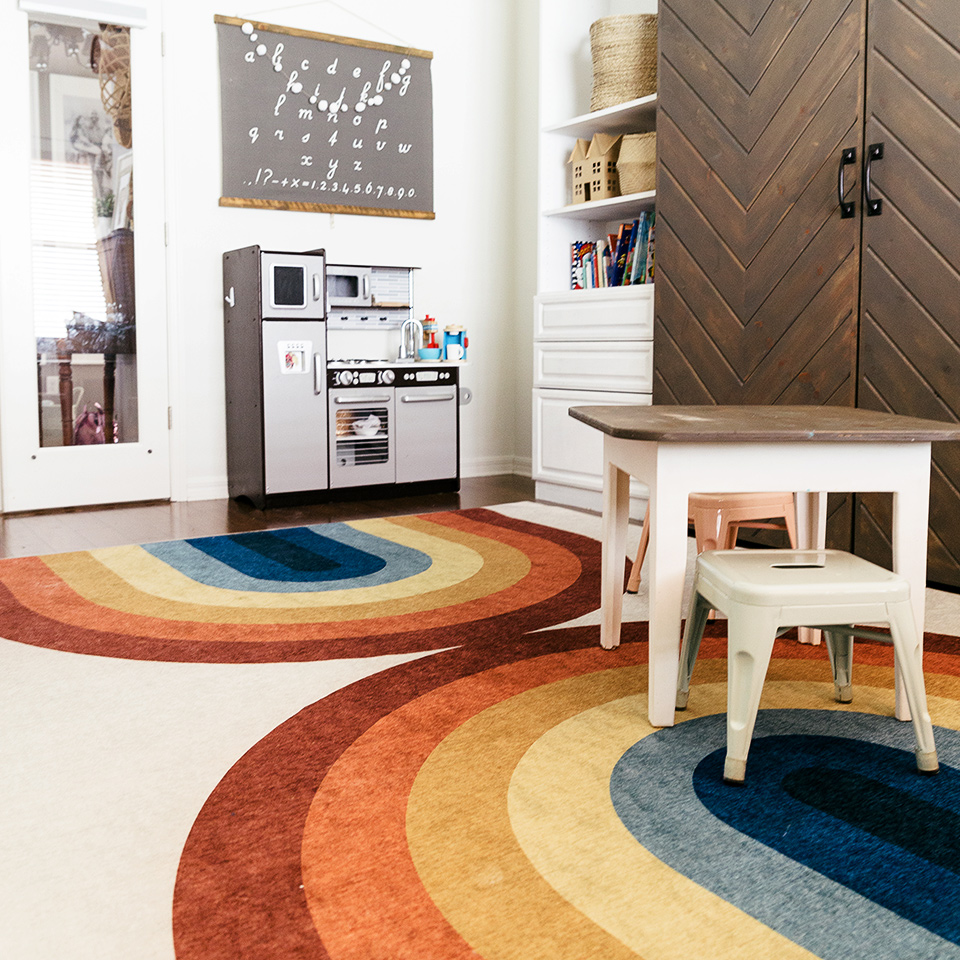
Photo by: @heycaitlyntorres
If toys could talk, they’d tell you all the dirty places they’ve been—from dirty floors to dirty hands to your child’s mouth. While exposing your kids to bacteria is necessary to strengthen your child’s immune system, it’s good to clean toys and other frequently touched things regularly or when they’re visibly dirty, and then sanitize them after your child had been sick or a playdate.
How to deal: Soak hard plastic toys that aren’t battery operated in soap and water, or put them in the dishwasher. Wipe wooden or metal toys with a damp cloth, and place plush toys in your home washing machine. If you must sanitize, soak toys (or wipe if they’re battery operated) in a bleach solution (one tablespoon of bleach per gallon of water.), let stand for two minutes, and then wipe or air dry. This applies to pet toys as well.
8. Doorknobs, Kitchen Cabinet Handles, and Light Switches
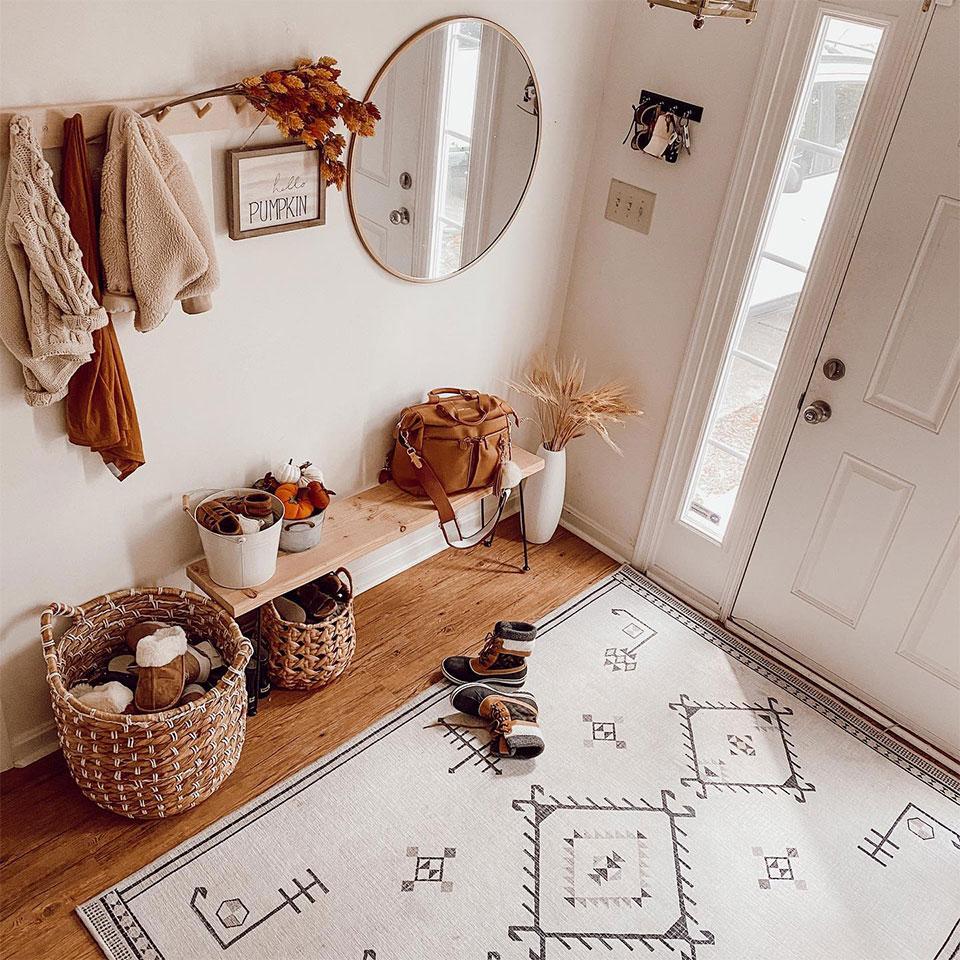
Photo by: @aubreyhearty
Refrigerator handles, cabinet pulls, the buttons on the washing machine, doorknobs, faucet handles, toilet flange, and light switches—these are areas and surfaces that are touched most frequently in the home by multiple family members, making them dirtier than any other areas of your home.
How to deal: Just like your electronic devices, these high-contact surfaces need to be cleaned and disinfected on a daily or nightly basis.
As important and necessary as cleaning, sanitizing, and disinfecting your home is, keeping a regular schedule to perform these tasks takes a lot of resources, time, and manpower. Knowing when and what to prioritize gives us an edge in the fight against the invisible enemy in our homes.




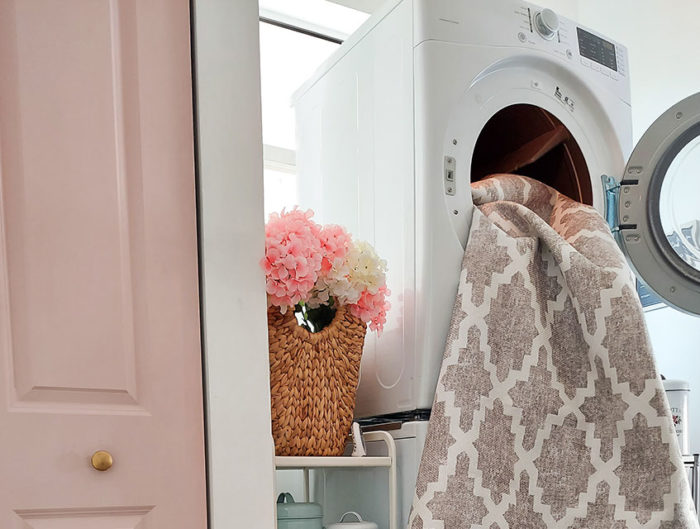
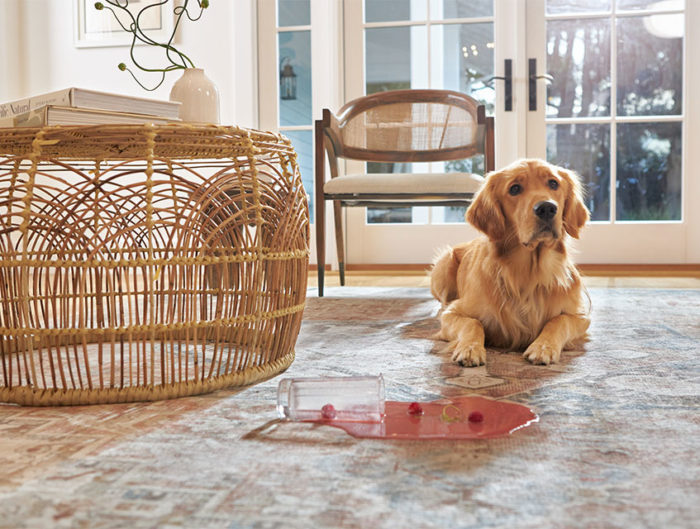
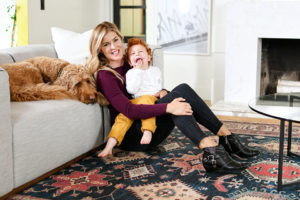

Leave A Reply